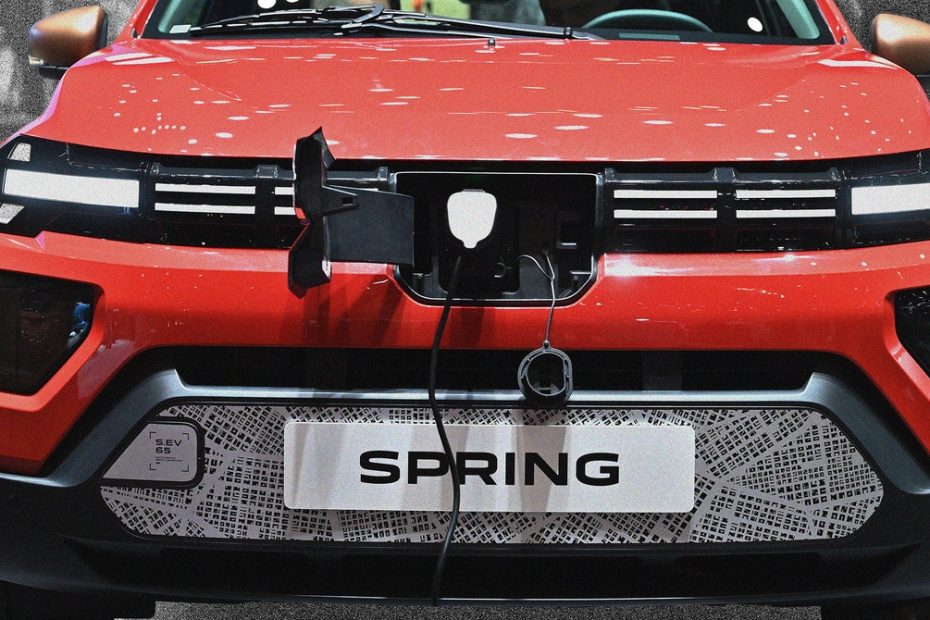“I think you can imagine this working out quite well for BYD,” said Ilaria Mazzocco, a senior fellow at the Center for Strategic and International Studies. “And they will also face less competition from other Chinese automakers.” BYD is known for its ability to control production costs, allowing it to sell its cars at a relatively low price. For other Chinese brands, however, the tariffs could mean they now have to set their prices higher and compete head-on with models from Europe.
Chinese automakers aren't the only ones affected. Tesla, which makes half of its cars at the Shanghai Gigafactory in China, will receive the lowest rate of 7.8 percent after the company requested an adjustment based on the actual subsidies it receives in China. In contrast, Volkswagen and other European brands that produce cars in China could achieve about 21 percent.
One way for Chinese brands to avoid the tariffs is to set up factories in Europe and move production here, as Volvo produced in Sweden for years even though it was acquired by Chinese company Geely.
Such decisions might be welcomed by some European countries, as in theory they would contribute significantly to local employment and green economic growth. Many Chinese companies have announced plans to move part of their supply chains to countries such as Spain, Hungary and Poland, although Mazzocco warns that these announcements should be taken with a grain of salt until the factories actually start production.
Alternative solutions
But despite the outcome of the vote, the approved rates may not be finalized. On Monday, a European Commission official said the commission was prepared to continue negotiations with China even after the tariff vote. If they manage to agree on other solutions to the issue of unfair competition – for example, setting import quotas or a minimum price for Chinese electric cars – the tariff could be revised.
China has filed a complaint with the World Trade Organization over the EU tariffs, and the WTO could also ask the EU to change or withdraw these tariffs if it deems them unacceptable.
“What the committee really wants to do is say to the members: 'Look, we need to take a serious look at this.' We can negotiate later,” said Alicia García-Herrero, chief economist for Asia-Pacific at French investment bank Natixis. If member states had rejected the commission's proposed tariffs, it would have shown that Europe is divided and powerless in the face of the influx of Chinese brands. But now that the tariffs have been passed, Europe has more leverage in negotiating a better trade deal with China.
Not all alternative outcomes would affect Chinese companies equally. For example, the worst situation could be an import quota, says García-Herrero. Making a profit from the rates is a challenge, but still possible. “But a quota would reduce the number of exports, so that is not in China's interest,” she says.
On the other hand, setting a price floor for only imported electric cars may not be a bad thing after all. It gives car manufacturers a higher profit margin and forces them to compete on the basis of better quality and service. “I think Chinese automakers are quite confident in their quality,” says Mazzocco. And it could even be good news for Chinese EV brands that target the higher-end luxury car market, such as BYD's Yangwang sub-brand, which makes luxury SUVs that can drive across lakes in emergencies.

